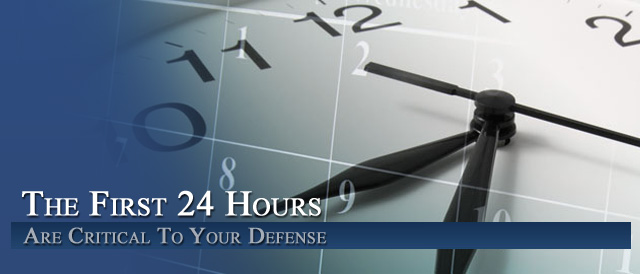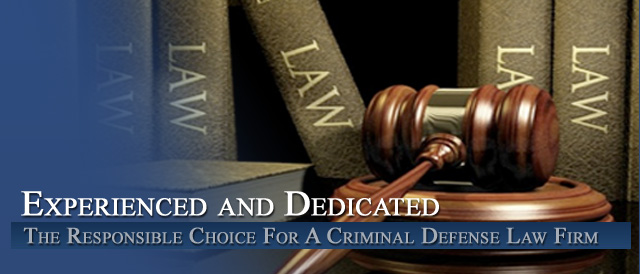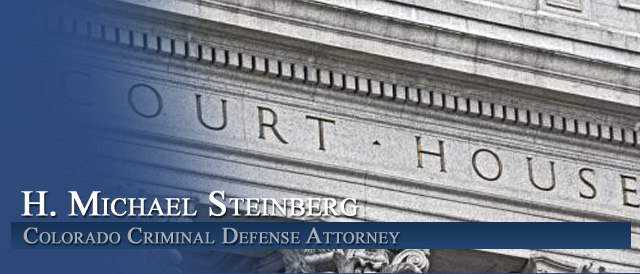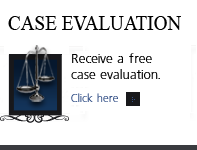




The Anatomy of a Typical Trial
The many rituals associated with modern trials have developed over centuries. America’s common law heritage makes it possible for all states and the federal government to follow a largely uniform set of procedures. In summary form, assuming that the trial is carried out to completion, those procedures are as follows:
Judge or jury:
The defense decides whether it wants the case tried by a judge or a jury (the prosecution can’t require a jury trial).
Jury selection:
If the trial will be held before a jury, the defense and prosecution select the jury through a question and answer process called “voir dire.” In federal courts and some state courts, the judge carries out this process.
Addressing evidence issues:
The defense and prosecution request the court in advance of trial to admit or exclude certain evidence. These requests are called motions “in limine”.
Opening statements:
The prosecution and then the defense make opening statements to the judge or jury. These statements provide an outline of the case that each side expects to prove. Because neither side wants to look foolish to the jury, the attorneys are careful to only promise what they think they can deliver.
Prosecution case-in-chief:
The prosecution presents its main case through direct examination of prosecution witnesses by the prosecutor.
Cross-examination:
The defense may cross-examine the prosecution witnesses.
Redirect:
The prosecution may reexamine its witnesses.
Prosecution rests:
The prosecution finishes presenting its case.
Motion to dismiss:
The defense makes a motion to dismiss charges. (Optional)
Denial of motion to dismiss:
Almost always, the judge denies the defense motion to dismiss.
Defense case-in-chief:
The defense presents its main case through direct examination of defense witnesses.
Cross-examination:
The prosecutor cross-examines the defense witnesses.
Redirect:
The defense reexamines the defense witnesses.
Defense rests:
The defense finishes presenting its case.
Prosecution rebuttal:
The prosecutor offers evidence to refute the defense case.
Settling Instructions:
The prosecution and defense get together with the judge and figure out what instructions the judge should give the jury.
Prosecution closing argument:
The prosecution makes its closing argument, summarizing the evidence as the prosecution sees it, and explaining why the jury should render a guilty verdict.
Defense closing argument:
The defense makes its closing argument, summarizing the evidence as the defense sees it, and explaining why the jury should render a not guilty verdict–or at least a guilty verdict on a lesser charge.
Jury instructions:
The judge instructs the jury about what law to apply to the case and how to carry out its duties. (Some judges “preinstruct” juries, reciting instructions before closing argument or even at the outset of trial.)
Jury deliberations:
The jury (if it is a jury trial) deliberates and tries to reach a verdict. Most states require unanimous agreement, but Oregon and Louisiana allow convictions with only 10 of 12 votes.
Post-trial motions:
If the jury produces a guilty verdict, the defense often makes post-trial motions requesting the judge to override the jury and either grant a new trial or acquit the defendant.
Denial of post-trial motions:
Almost always, the judge denies the defense post-trial motions.
Sentencing:
Assuming a conviction (a verdict of “guilty”), the judge either sentences the defendant on the spot, or sets sentencing for another day.
Other Articles of Interest:
- Anatomy of a Trial
- Overview
- Colorado Criminal Defense Strategy: Understanding “Emotional Reasoning”
- Shaken Baby Syndrome and Colorado Non Accidental Trauma – Child Abuse – Denver Colorado Criminal Defense Lawyer – H. Michael Steinberg
- FAQ – Colorado Criminal Law – Can I Give Up (Waive) A Jury And Let The Trial Judge Decide My Case?












